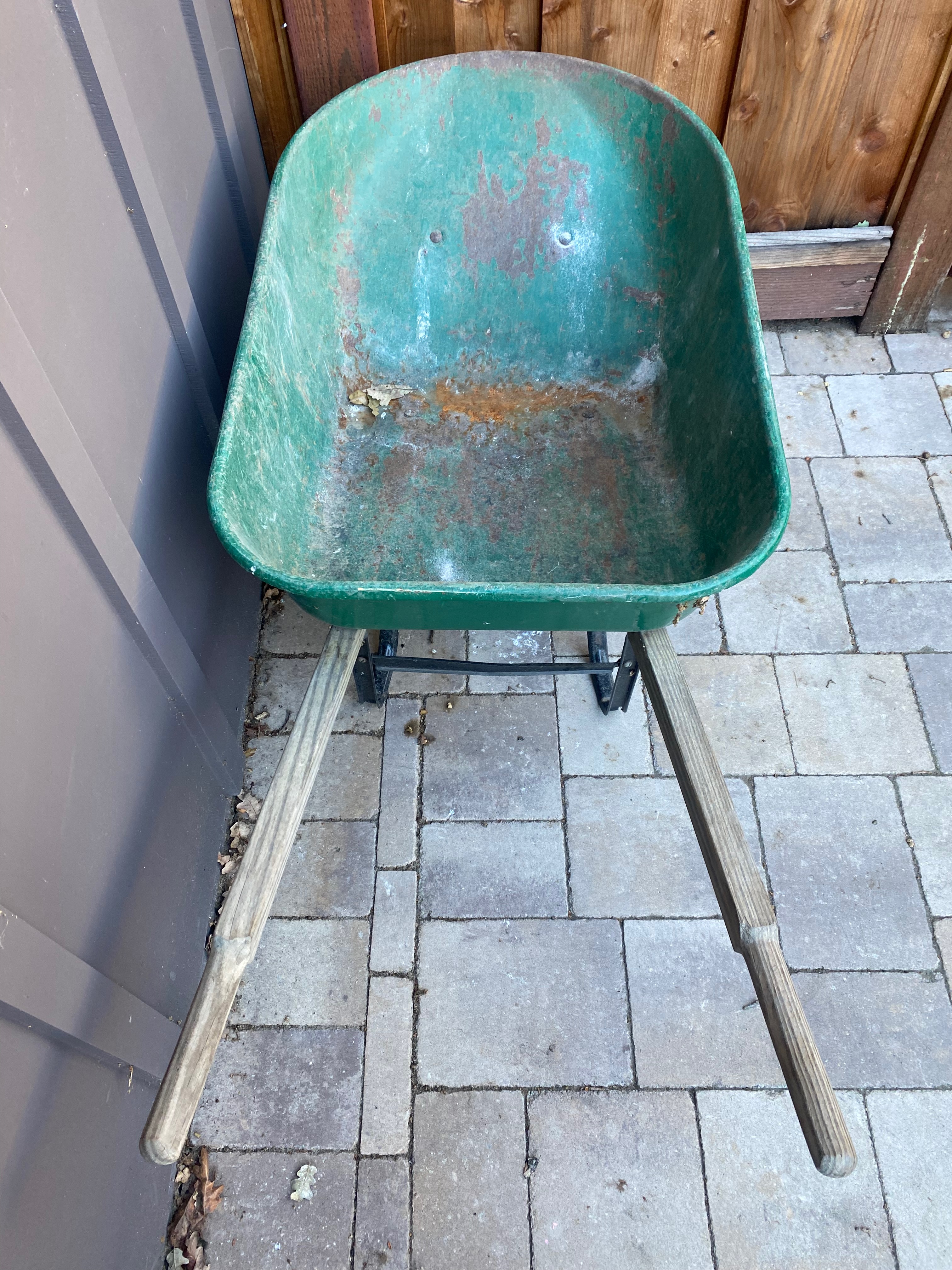SOCIALS
Ode to the wheelbarrow
In: Personal
Tags: #appreciation #reflection #design #gratitude
The wheelbarrow cleverly combines two ancient technologies, the wheel and the lever, into a very useful device. Elegant and efficient, it's a beauty to behold.
I mean really, look at this thing.

The leverage you get comes from the long handles. Keeping the load near the fulcrum allows you to lift the load off the ground with less effort. Since the purpose of a wheelbarrow is to move a load along a plane, not lift it up high, its design is perfect.
I once needed to move a 450 pound boulder about 20 feet up a slight grade from the street to my front yard. I ended up watching a bunch of YouTube videos with grizzly-haired men talking about how ancient Egyptians built the pyramids. They relied on leverage and the efficiency of rolling and dragging rather than lifting and carrying. I got this boulder into my wheelbarrow, built a ramp to get it up the curb, and plopped that sucker onto its final resting place without herniating a disc.
I have repaired this wheelbarrow many times. I've replaced and tightened many screws. I even had to buy a new wheel, a solid rubber variety that won't be susceptible to nails and rocks. It just keeps on giving.
I've lent it to my neighbors to move stumps and branches and piles of dirt around their properties. I've used this wheelbarrow to move stacks of pavers and bricks, cubic yards of dirt and decomposed granite, and even to transport gallons of water to a withering oak tree.
Sometimes engineering is so perfect, so elegant, that it appears boring. I'm grateful for this instrument, and I appreciate it.
Thank you, wheelbarrow.

More from Personal
- A short essay on free will - Tue 11 June 2024
- What I want in 2024 - Mon 01 January 2024
- The importance of mentors - Sun 05 November 2023